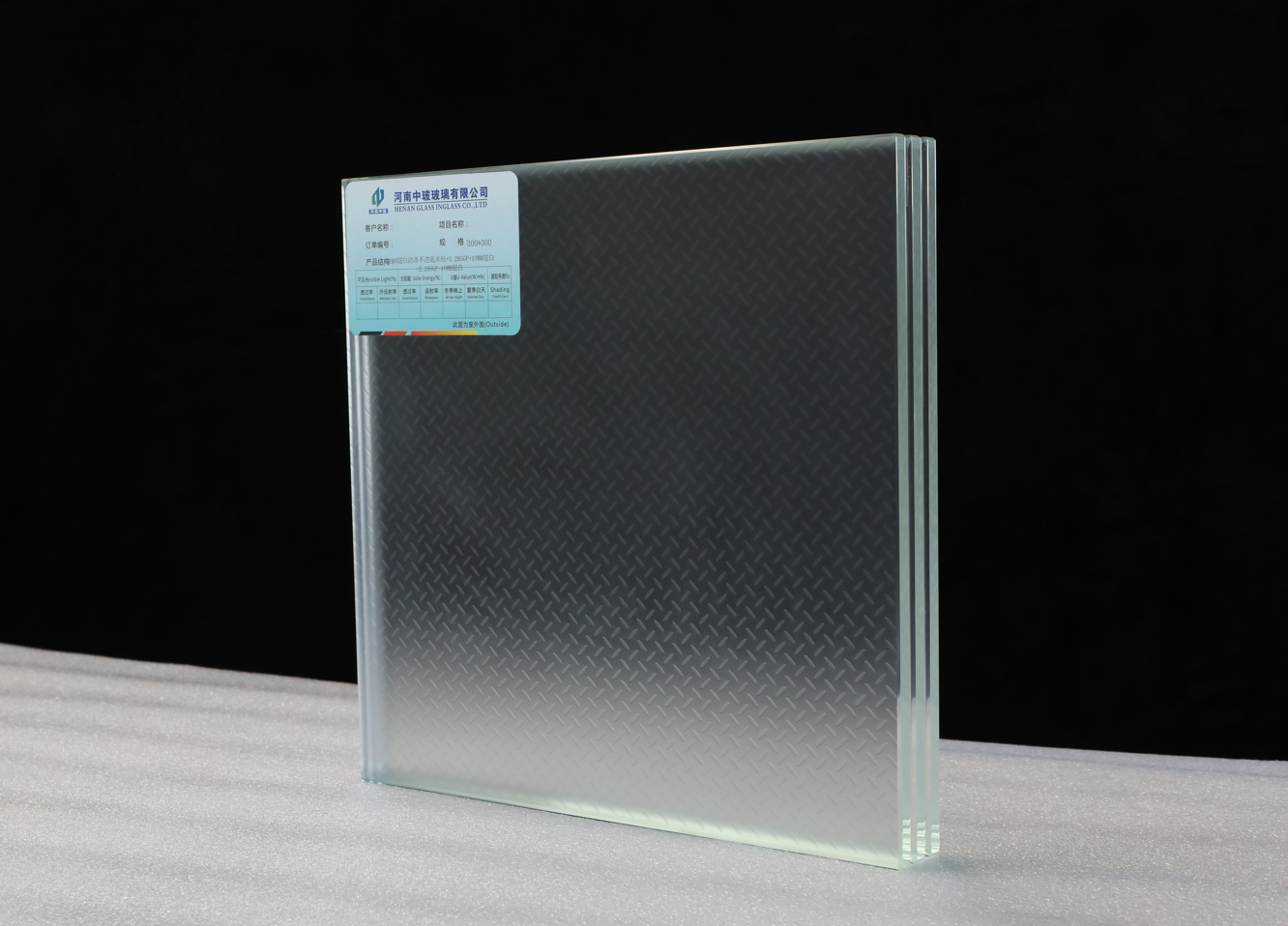When it comes to personal hygiene, spray deodorants have become a staple in many people's daily routines. They offer a convenient way to stay fresh and combat body odor throughout the day. However, a common concern among users is whether these products leave unsightly stains on clothing. In this article, we will delve into the science behind spray deodorants, the factors that contribute to staining, and practical tips to prevent any unwanted marks on your favorite garments.
Understanding Spray Deodorants
Spray deodorants typically contain a combination of active ingredients designed to neutralize odor and inhibit bacterial growth. These ingredients may include aluminum compounds, alcohol, fragrances, and various emollients. While these components are effective in providing long-lasting freshness, they can also interact with fabrics in ways that lead to staining.
The Science of Staining
Stains from spray deodorants can occur due to several factors:
- Chemical Composition: The active ingredients in deodorants, particularly aluminum compounds, can react with sweat and the natural oils on your skin. This reaction can create a residue that, when transferred to clothing, may result in yellow or white stains.
- Fabric Type: Different fabrics react differently to deodorants. Natural fibers like cotton may absorb the product more readily, while synthetic materials may repel it. However, synthetic fabrics can also trap residues, leading to discoloration over time.
- Application Method: The way you apply deodorant can significantly impact whether it stains your clothes. Spraying too close to your body or applying excessive amounts can increase the likelihood of transfer onto your clothing.
- Environmental Factors: Heat and humidity can exacerbate the staining issue. When sweat mixes with deodorant, it can create a perfect storm for stains, especially in warm weather or during physical activity.
Preventing Stains from Spray Deodorants
To minimize the risk of stains, consider the following practical tips:
- Choose the Right Product: Look for deodorants labeled as stain-free or no white marks. These products are formulated to reduce the likelihood of staining on clothing.
- Apply Strategically: Hold the spray at least 6-8 inches away from your body during application. This distance allows for a finer mist, reducing the amount of product that lands on your clothes.
- Let It Dry: Allow the deodorant to dry completely before getting dressed. This can help prevent any transfer of product onto your clothing.
- Layer Wisely: If you're wearing a light-colored shirt, consider applying deodorant before putting it on. This way, you can avoid direct contact between the product and your clothing.
- Wash Regularly: Regular washing of your clothes can help prevent buildup of deodorant residues. Use a detergent that is effective against stains and follow the care instructions for your garments.
What to Do If Stains Occur
If you do find yourself with a stain from spray deodorant, don’t panic. Here are some steps to help you remove it:
- Act Quickly: The sooner you treat a stain, the better your chances of removing it. Blot the area with a clean cloth to absorb any excess product.
- Use Cold Water: Rinse the stained area with cold water to help lift the stain. Avoid hot water, as it can set the stain.
- Stain Remover: Apply a stain remover or a mixture of baking soda and water to the affected area. Let it sit for about 15 minutes before rinsing.
- Wash as Usual: After treating the stain, wash the garment according to its care label instructions.
Conclusion
In conclusion, while spray deodorants can indeed leave stains on clothing, understanding the underlying factors can help you mitigate this issue. By choosing the right products, applying them correctly, and taking proactive measures, you can enjoy the benefits of spray deodorants without the worry of unsightly marks on your favorite outfits. Remember, a little knowledge and care can go a long way in maintaining both your personal hygiene and your wardrobe.







